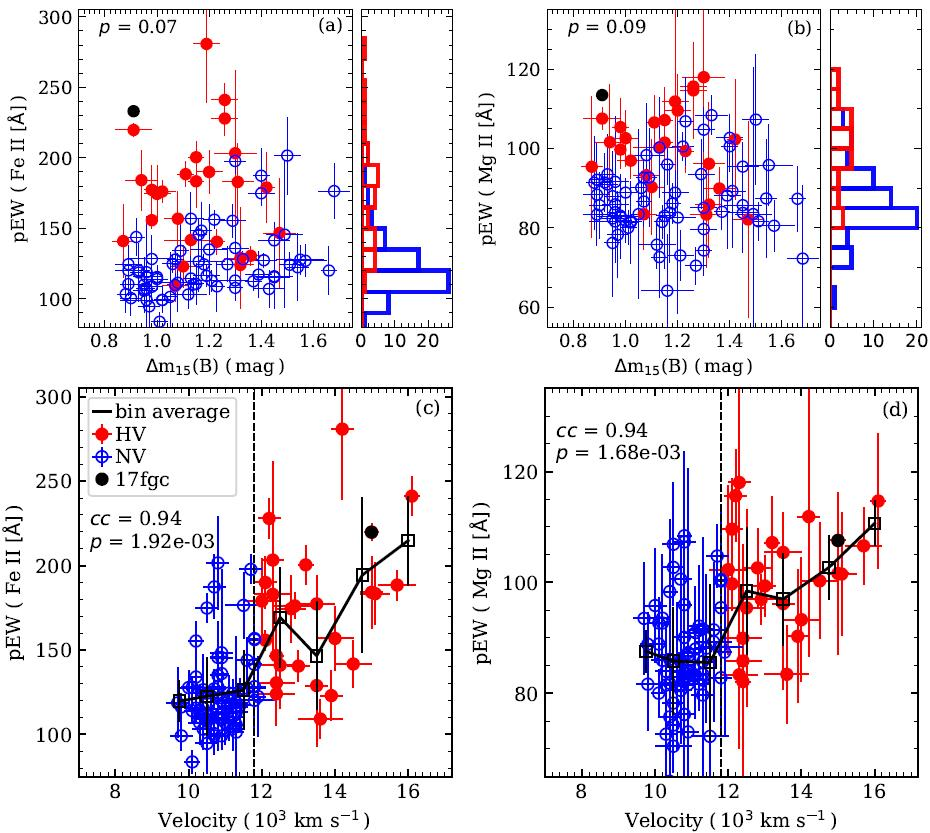Figure 1: Comparison of different phase spectra of SN 2017fgc and well observed type Ia supernovae

Figure 2: Scatter plot of the observed maximum light velocity of well observed type Ia supernovae and the equivalent width of Fe II blind lines and Mg II blind lines
Contact: ZENG Xiangyun
Xinjiang Astronomical Observatory, Chinese Academy of Sciences
Email: zengxiangyun@xao.ac.cn
Web: https://ui.adsabs.harvard.edu/abs/2021ApJ...919...49Z/abstract